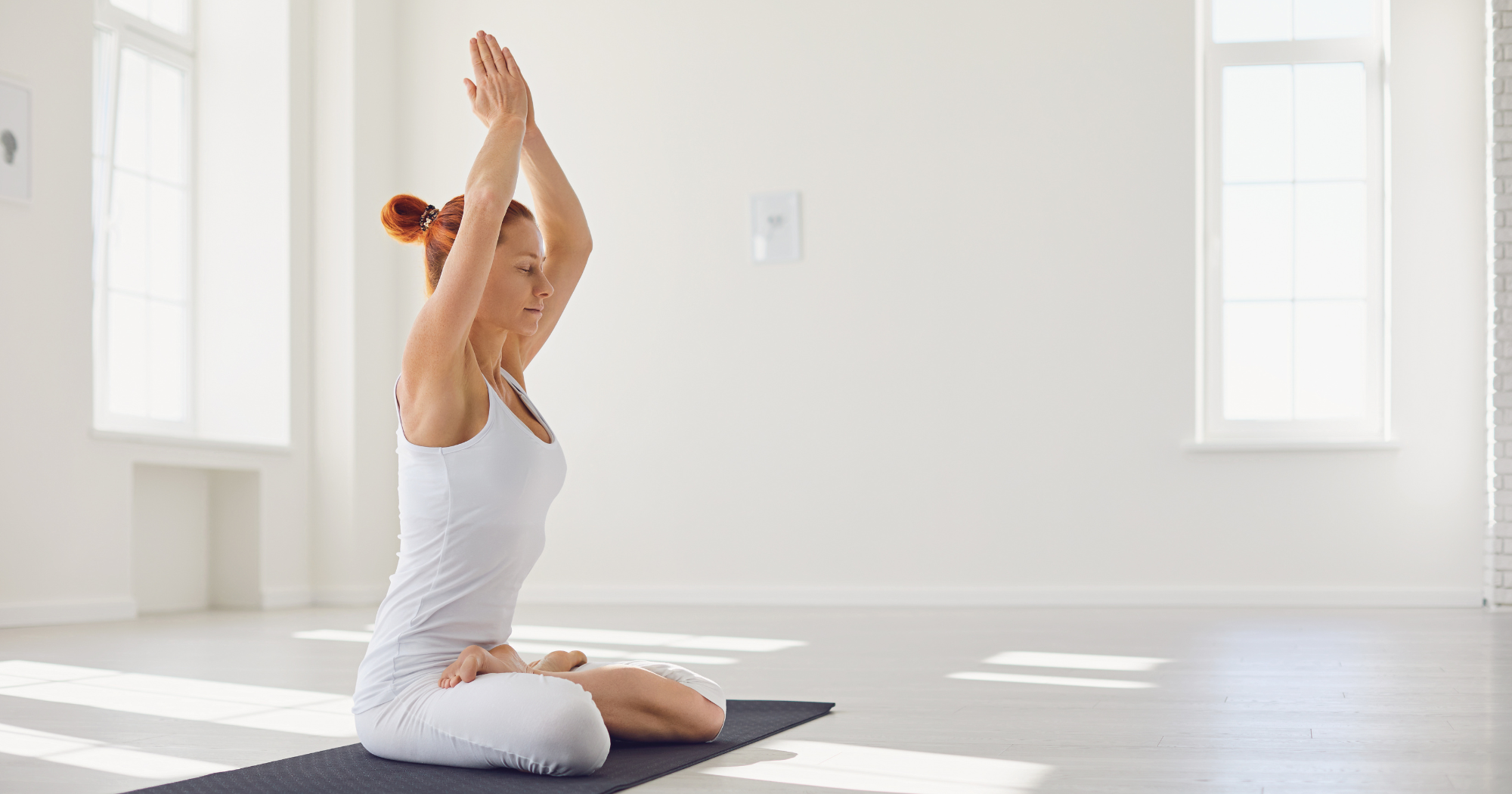
What Is The Limit Value To Sitting For Prolonged Periods?
, by Joris Lans, 5 min reading time
1,200+ satisfied customers  (4.7/5)
(4.7/5)

, by Joris Lans, 5 min reading time
With the Guidelines for Exercising (August, 2017) the Dutch Board of Health paid attention to the health risks associated with sitting for prolonged periods for the first time. This was badly needed because more and more studies show that the health risks associated with sitting for prolonged periods are substantial. Unfortunately in practice these guidelines don't offer much help.
What exactly is the limit to sitting for prolonged periods?
The guidelines are very specific about the right amount of exercise people need: "at least 150 minutes of moderate intensity like walking or cycling, spread across various days." But the guidelines regarding sitting for prolonged periods of time are very sketchy, just "avoid being seated all the time"
This of course is very vague because how does one define 'a lot' and for how many hours you may keep seated? Luckily two recent international studies are here to guide us.
Since 2018 there's also new Guidelines for Exercising in the United States. As to sitting for prolonged periods of time these guidelines are more specific than their Dutch counterparts. The guidelines state that sitting and physical activities are related in terms of their impact on people's health (the mortality rate). This is based on a review article written by professor Ekelund and his colleagues back in 2016. The American committee has developed a so-called heat map on the basis of the findings of professor Ekelund and co.
Have a look at the graph. If you don't sit that often (bottom of the graph) you don't need that much physical activity and you're in the clear (green means a low risk for mortality). If however you're seated almost all day long (top of the graph), you need a whole load of physical activity to get and stay healthy and lower your risk for mortality. The Dutch Guidelines for Exercising (2017) don't distinguish between little or a lot hours of exercise. In there the sketchy explanation "Avoid being seated all the time" applies to everyone.
Figure: the relationship between the amount of moderate to intensive physical activity per week, the amount of time spent seating per day and the relative risk of untimely death (resource number 4). The numerical addition based on resource number 1 are arbitrary because of the absence of a graph scale.

The limit value can be used as a quantitive tool to prevent sitting for long periods of time. This tool has been taken from a new review article by professor Ekelund and e.a. dating from 2019. Same as in 2016 they've identified the relationship between being seated, physical activity and the risk for untimely death. This time however they solely included studies in which being seated and physical activity where measured with an accelerometer. This kind of measuring is way more accurate than to simply ask people how much time they're being seated or exercising. People are inclined to underestimate their seating time and overestimate the amount of exercise they get on a daily basis.



